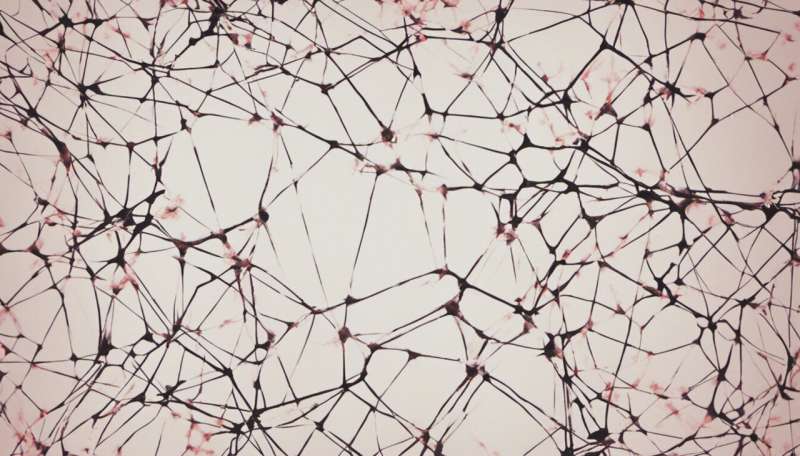Understanding the origins and function of CD14+ immune cells

Dendritic cells and macrophages are immune cells that orchestrate diverse immune functions within many body tissues, including the skin. New work by A*STAR researchers and colleagues shows that CD14+ cells in the skin—long classified as dendritic cells—are actually macrophages derived from blood monocytes which means they operate differently within the human immune system.
Dendritic cells and macrophages are broadly similar: both take up antigens and present them to immune cells, called T lymphocytes, which drive immune defenses within the body. However, dendritic cells and macrophages orchestrate different immune functions and target different T lymphocyte types. For example, skin dendritic cells that take up antigens migrate to the lymph nodes and present the antigen to so-called naive T lymphocytes that have not been previously exposed to other antigens. But skin macrophages, which are derived from blood monocytes, present antigen to so-called memory T lymphocytes within the skin that are already tuned to respond to one particular antigen.
Immunologists had initially identified CD14+ cells within the skin as dendritic cells. This was partially due to their ability to migrate out of chunks of skin that are placed in a cell culture dish. However, CD14+ cells are only weakly able to stimulate naive T lymphocytes, calling into question their classification as dendritic cells, since activation of naive T lymphocytes is a key characteristic of dendritic cells. In addition, recent gene expression analyses by Florent Ginhoux and Naomi McGovern from A*STAR's Singapore Immunology Network and colleagues demonstrated that CD14+ cells express many of the same genes as monocytes within the blood, which suggested that skin CD14+ cells may actually be monocyte-derived macrophages.
The researchers therefore examined what would happen to CD14+ cells in skin in humans whose blood monocytes were being ablated as preparation for a hematopoietic stem cell transplant. They found that as monocytes were depleted in the blood, CD14+ cells in the skin were lost. During the recovery period, monocyte numbers in the blood rebounded, followed by a restoration of CD14+ cells in the skin. These findings suggest that, in humans, CD14+ cells in the skin are derived from monocytes.
The researchers found further evidence that skin CD14+ cells better stimulate memory T lymphocytes than naive T lymphocytes, indicating that CD14+ cells behave more like macrophages than dendritic cells.
"Understanding the biology of monocyte-derived cells within human skin will aid in development of new therapies for inflammatory skin conditions, including psoriasis and eczema," says Ginhoux.
More information: McGovern, N., Schlitzer, A., Gunawan, M., Jardine, L., Shin, A., et al. Human dermal CD14⁺ cells are a transient population of monocyte-derived macrophages. Immunity 41, 465–477 (2014). dx.doi.org/10.1016/j.immuni.2014.08.006
















